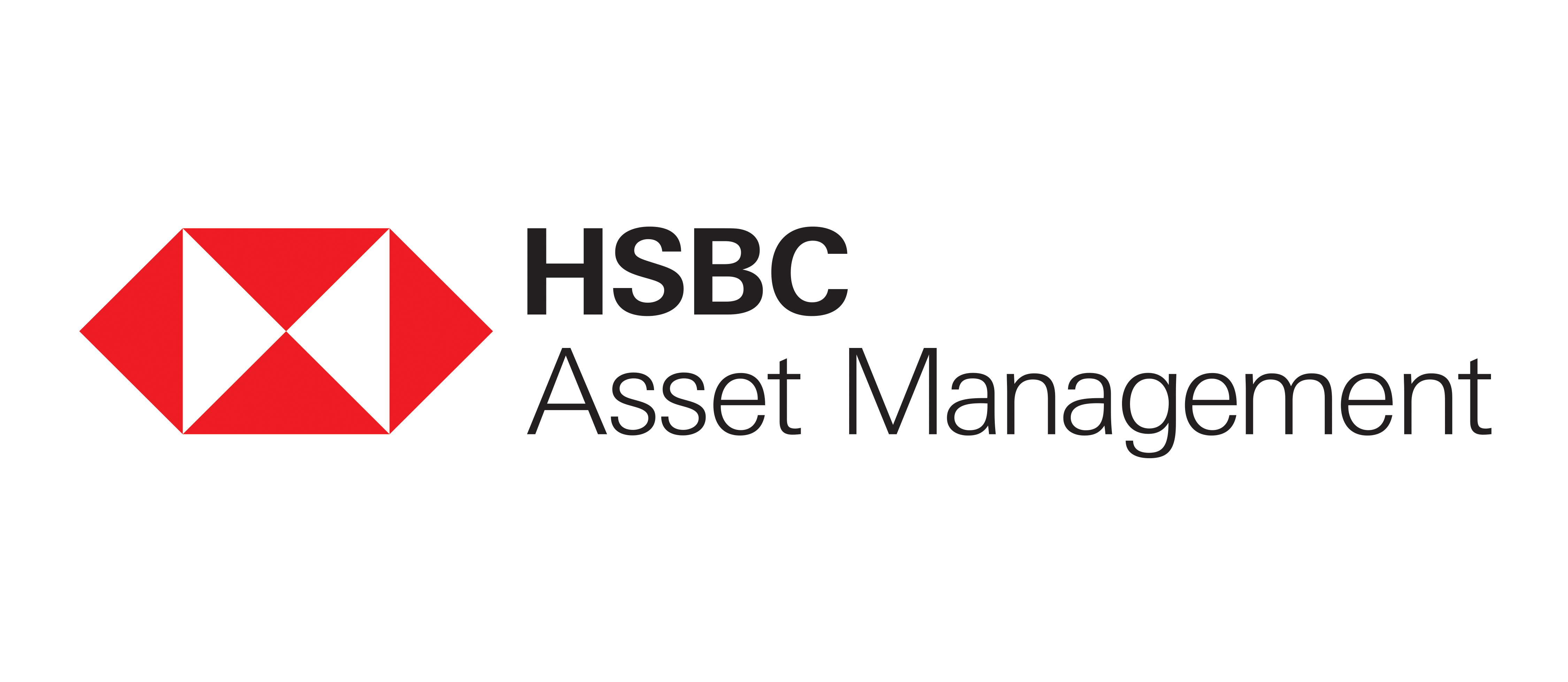Lessons from kite flying for mutual fund investing

A new year has started, heralding new hopes for the future. Every year in the month of January, many parts of India celebrate the harvesting season. All over India various festivals like Magh Bihu in Assam, Pongal in the south, Poush Parbon in the East, and Makar Sankranti in the north and western India marks the advent of this season.
Makar Sankranti is also the festival of kites. Flying kites require skill, control, patience and the right temperament. However, if you put in the time and effort then it can be a very enjoyable and rewarding experience. As a mutual fund investor, we can learn a lot from the simple act of flying a kite. As we begin a new year, this is a good time to review our investment plans for our short-, medium- and long-term financial goals. In this article we will delve into the insights that flying kites can give us in navigating through the challenges of our investment journey.
What lessons can we get from the kite flying season?
1) Know the direction of the kite: Have clear goals
While flying a kite, you need to aim high while keeping it steady with mindful manoeuvring. Similarly, before investing in mutual funds, it’s essential to have clear financial goals. Your financial goals may not all have the same tenure. Goals need to be segregated as short, medium or long term that will help you decide on appropriate funds to suit each goal.
- Short-Term/Medium term Goals: Your short to medium term goals could include saving for a vacation or an emergency fund, may achievable through debt mutual funds.
- Long-Term Goals: Wealth creation for retirement or children’s education requires a longer timeline, and equity mutual funds are ideal due to their potential for higher returns over time in the long term.
Lesson: Just as a kite flyer must know which way the wind is blowing; you must align your investment choices with your financial objectives.
2) Choose the right kite: Select the right fund aligned to your financial needs
In kite flying, you need to take special care in the choice of kite, the string, and the reel in which the string is wound. The planning for all these apparatus plays a critical role in ensuring a successful flight. Similarly, while selecting a fund for your investment it is crucial to align the appropriate type of mutual fund to suit your individual financial goals. Over time, your financial goals may go through changes with events like addition of a new member in the family or changed income levels etc. Regularly evaluate whether your chosen funds are meeting your changing financial goals. Not only this, the funds chosen also need to align to your risk appetite as well as your investment horizon as mentioned above.
Types of mutual funds you can consider:
- Equity Funds: Suitable for aggressive investors aiming for long-term growth.
- Debt Funds: Ideal for conservative investors seeking stability and low risk.
- Hybrid Funds: Hybrid funds provide a balanced option for those who want stability in their investment along with growth. Hybrid funds have a mix of equity and debt in various combinations to suit investors who want a conservative approach to those ready to adopt an aggressive one.
Lesson: Just as each kite or string is suited for specific conditions, every mutual fund serves a unique investment purpose. Do your own research before investing. You may also consult a mutual fund distributor who can guide you in choosing the right funds.
3) Patience pays: Allow your investment to stabilize
Flying a kite requires patience. Sudden jerks or impulsive moves can cause it to lose balance and the kite will ultimately start flying stably after the initial struggle of catching the wind.
Similarly, mutual fund investments demand a patient, long-term approach. For mutual fund investments to bear fruits, you need to be patient enough to allow your investments to gain momentum due to the compounding effects. Sudden ups or downs in the market should not deter you from the discipline of staying invested. Your mutual funds investments will be exposed to the following conditions, but keeping a tight rein on them is crucial to reach your financial goals.
- Volatility in markets: Equity mutual funds are subject to market fluctuations. Short-term volatility may be disarming and discouraging, but staying invested over a longer horizon can yield significant returns.
- The power of compounding: The longer you remain invested, the more your money grows due to compounding effects as your returns get reinvested and earn returns on returns.
Lesson: Avoid reacting to short-term market movements, just as you wouldn’t panic when your kite dips momentarily.
4) Maintain the right tension: Balance is the key in investments
Flying a kite entail finding the right balance which means that you should keep the string taut, yet not too tight. Similarly, in mutual fund investments, you need to have a balanced approach to managing the asset allocation in your portfolio to achieve optimal returns while managing risk.
- Diversification: Spread your investments across different asset classes (equity, debt, and gold) to hedge the risks.
- Portfolio rebalancing: Regularly review and adjust your portfolio to ensure it aligns with your changing goals and risk tolerance.
Lesson: Maintaining the right balance in your investments ensures your financial goals stay on track, just as a well-balanced string keeps your kite soaring.
5) Adapt and strategize as per changing winds: Monitor your investments
Kite flyers are often required to adjust their techniques based on changes in the wind conditions. Similarly, mutual fund investors need to monitor their investments and make changes at regular intervals evaluate and realign with changing goals when necessary. Monitor your mutual fund investments with respect to:
- Market trends: Keep an eye on changing economic conditions and market cycles. Whilst you should not let short term market fluctuations to distract you from your investment plans, any long-term upheavals like sector specific downturn in the market or some policy decisions like tax changes, rendering some funds better choices over others calls for a re-evaluation of your portfolio.
- Fund Performance: Regularly evaluate whether your chosen funds are meeting their specific investment objectives. You can compare the performance of your mutual fund scheme with that of its benchmark index. You must evaluate performance over sufficiently long period. You can also look at different risk ratios like Sharpe Ratio, Sortino Ratio, Beta, Alpha etc. Talk to your financial advisor or mutual fund distributor if you need help in reviewing the performance of your investment portfolio.
Lesson: Flexibility and adaptability are essential to navigating the ever-changing financial markets, just like in kite flying.
Conclusion
In this article we saw how clear goals, careful planning, and the right balance can help you navigate the vast universe of the financial world and achieve long-term success. This year, let the art of kite flying inspire you to manage your investments with the same skill and dedication required to be adept at the activity. After all, financial growth, like a kite, requires strategy, patience, and the ability to adapt to changing conditions. So, set your financial goals for the New Year, and let your investments soar.
An Investor Education and Awareness Initiative by HSBC Mutual Fund
Visit https://www.assetmanagement.hsbc.co.in/en/mutual-funds/investor-resources/information-library/know-your-customer w.r.t. one-time Know Your Customer (KYC) process, complaints redressal process including SEBI SCORES (https://www.scores.gov.in). Investors should only deal with Registered Mutual Funds, to be verified on SEBI website under Intermediaries/Market Infrastructure Institutions (https://www.sebi.gov.in/intermediaries.html). Investors may refer to the section on Investor Education on the website of HSBC Mutual Fund for the details on all Investor Education and Awareness Initiatives undertaken by HSBC Mutual Fund.
Investors are requested to note that as per SEBI (Mutual Funds) Regulations, 1996 and guidelines issued thereunder, HSBC AMC, its employees and/or empanelled distributors/agents are forbidden from guaranteeing/promising/assuring/predicting any returns or future performances of the schemes of HSBC Mutual Fund. Hence please do not rely upon any such statements/commitments. If you come across any such practices, please register a complaint via email at investor.line@mutualfunds.hsbc.co.in.
Document intended for distribution in Indian jurisdiction only and not for outside India or to NRIs. HSBC MF will not be liable for any breach if accessed by anyone outside India. For more details, Click here / refer website.
Mutual Fund Investments are subject to market risk, read all scheme related documents carefully.
CL 2288
We are a global asset manager with a strong heritage of successfully connecting our clients to global investment opportunities.
Our proven expertise in connecting the developed and developing world allows us to unlock sustainable investment opportunities for investors in all regions. Through a long-term commitment to our clients and a structured and disciplined investment approach, we deliver solutions to support their financial ambitions.
Other Links
POST A QUERY





